DaVinci Resolve Curves Explained
(Video Embed Would Go Here)
Struggling to get your color grades just right in DaVinci Resolve? Feel like there’s a secret weapon the pros use? Often, that weapon is Curves. They offer an incredible level of control over your image’s tone and color, but sometimes all those options can look a bit intimidating.
Good news! They’re more intuitive than you might think. In my quick 3-minute video above, I break down exactly what each curve does and how you can start using them to elevate your color grading game today.
Hit play above to see it all in action, or read on for a quick overview of what I cover!
More Than Just Your Standard Curve
When most people think of curves, they think of the standard Custom Curve (often called the RGB curve). This is your workhorse for adjusting overall contrast and luminance.
- Histogram: In Resolve, you can easily enable the histogram overlay (click the three dots!) to see exactly where your image data falls.
- Eyedropper: Click the eyedropper and select a point in your image. Resolve places dots on the curve representing the Luminance (Y), Red (R), Green (G), and Blue (B) values for that specific spot.
- Linked vs. Unlinked: Adjust luminance across all channels by keeping the chainlink icon linked, or unlink it to tweak individual color channels (a great way to introduce color casts or fix white balance issues – but be careful not to destroy your image!).
- Soft Clip: This hidden gem is your anti-clipping insurance! Use Soft Clip High to gently roll off highlights that are blowing out, preserving detail. Use Soft Clip Low to lift crushed shadows without making them look washed out. It’s incredibly useful!
Diving Deeper: The Six Specialized Curves
Beyond the Custom curve, DaVinci Resolve offers six highly specialized curves that give you surgical precision over color:
- Hue vs. Hue: Ready to repaint reality? This curve lets you select a specific hue (color) and shift it to another. Turn reds more orange, blues more purple, fix weird radioactive green grass, or subtly tweak skin tones. Reality becomes optional!
- Hue vs. Sat: Think of this as a volume knob for individual colors. Pick a hue (like blue) and increase or decrease its saturation without affecting other colors. Want a more vibrant sky or slightly less intense reds? This is the tool.
- Hue vs. Lum (Luminance): Control the brightness of specific colors. Want a moodier sky? Select the blue hue and pull down its luminance. It’s like painting with light, targeting only the colors you choose.
- Lum (Luminance) vs. Sat: Adjust saturation based on brightness levels. I find this incredibly useful for cleaning up noisy, artifact-filled shadows (by reducing their saturation) or boosting saturation specifically in the brighter parts of the image.
- Sat vs. Sat: This one sounds weird, but it’s powerful! It lets you remap saturation based on existing saturation levels. If one element in your shot is distractingly over-saturated compared to everything else, you can use this curve to selectively tone it down. Conversely, you can boost saturation only in the less-saturated parts of the image.
- Sat vs. Lum (Luminance): Adjust the brightness of your image based on how saturated colors are. Want those deep reds to feel richer and heavier? Select high saturation on the curve and pull the luminance down. Want the vibrant colors at a techno festival to pop even more? Boost the luminance for highly saturated areas. It’s like an EQ for your color dynamics.
Pro Tips for Working with Curves
In the video, I also touch on a few quick tips:
- Eyedropper: Use it across all curve types to precisely target the color or tonal range you want to adjust.
- Splines: Enable splines (check the settings) for smoother, more organic adjustments instead of sharp linear changes.
- Pop-Out Window: Need more precision? Pop the Curves panel out into its own window for a larger interface.
- Reset Button: If things go haywire (and they sometimes do!), don’t panic. Just hit the reset button for that curve and start fresh.
- Combine with Power Tools: Remember, Curves can be combined with Qualifiers, Power Windows, and Magic Masks for incredibly targeted adjustments. Apply a curve only to skin tones, or just the sky!




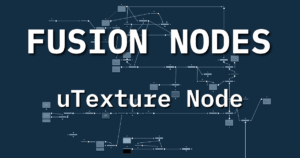
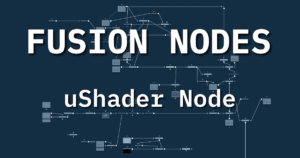
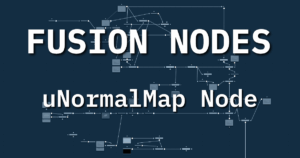

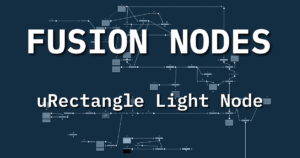

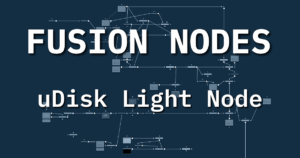
Start the discussion at postprolist.com